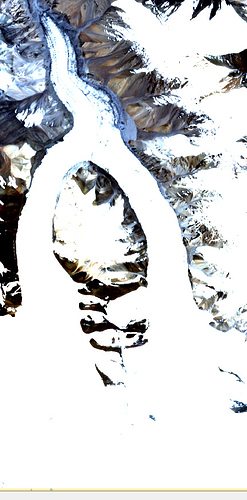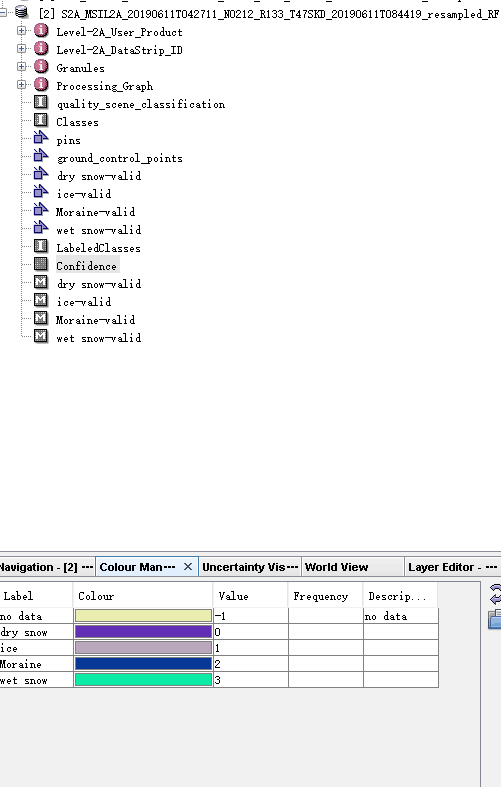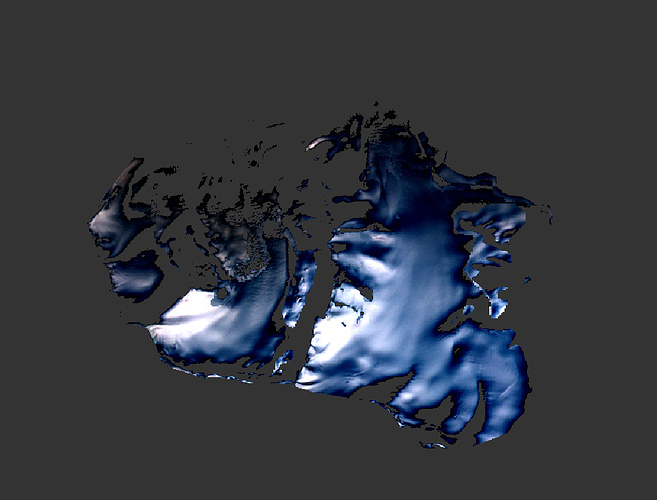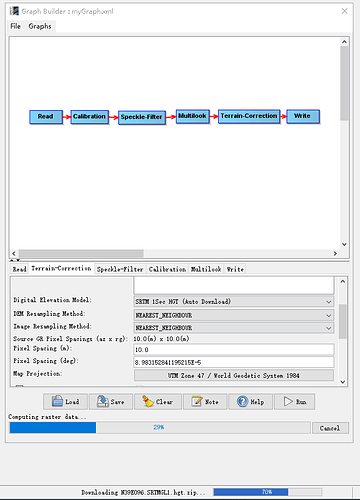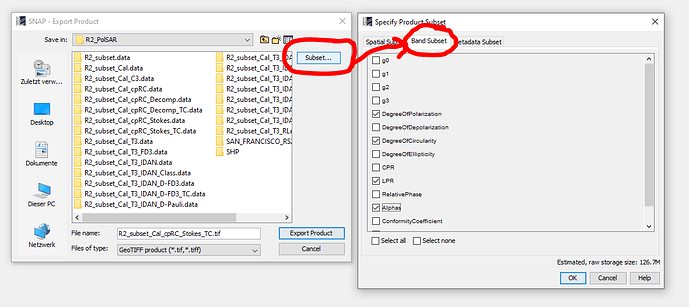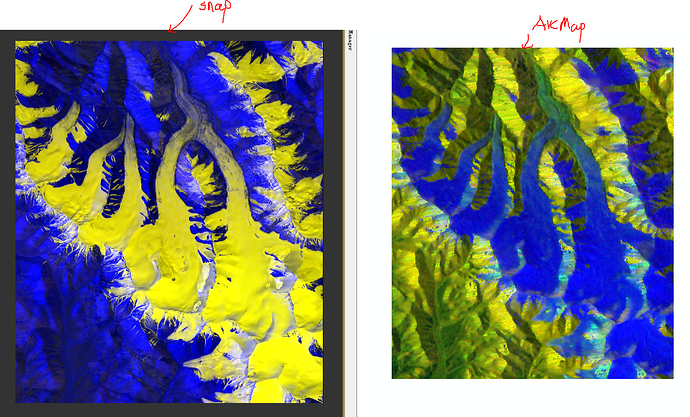I am working on forest species mapping and wanted to know how can we do this with the help of radar image if we are having ground point data?
Hello,
You can perform a supervised classification (such as Random Forest classifier) using SNAP toolbox.
I do not think that using only a SAR image will help you to accurately identify forest species. Due to the high sensitivity of microwaves to surface roughness, all the different forest species produce very similar backscatter signature which makes it very hard for the algorithm classify them correctly. To achieve good results in discriminating forest species, additional datasets are needed.
I would suggest you to use an optical image (e.g SENTINEL-2) and see what you can get from that. I ideally, a high resolution optical image is required (WorldView-2) for being able to identify all the trees in your area of interest
In terms of training the model to perform a classification, Please have a look at the following posts: Rndom forest classification steps
Supervised and unsupervised classification, Sentinel 2
If your test area is covered by 6-day Sentinel-1 acquisitions I would look at InSAR coherence as well. Using many images-pairs is likely to increase the classification performance.
my area covers 6day sentinal-1 data so i would try to look at InSAR coherence
my study area is moutain glacier ,which need to classfiy to 5 claases like wet snow,dry snow,moranie,ice and wet sand.like this picture
Infact i need to classy the glacer with SAR datas(Sentinel-1)and Optical datas(sentinel-2),so i need to know ,what should i do to get it .
have you seen this tutorial on the fusion of Sentinel-1 and Sentinel-2? It suggests many ways to retrieve special landcover classes based on both datasets: http://step.esa.int/docs/tutorials/S1TBX%20Synergetic%20use%20of%20S1%20(SAR)%20and%20S2%20(optical)%20data%20Tutorial.pdf
dear sir , i had a another one problem that i intend to used sentinel-2 datas to classfy the moutain glacier into 5 types(wet snow,dry snow,moranie,ice and wet sand)with Ground reflectance(Different surface types correspond to different ranges of surface reflectance),but it failed(when i train the samples as your steps).
Can you please specify how it failed?
and this is my training samples like the picture shows:
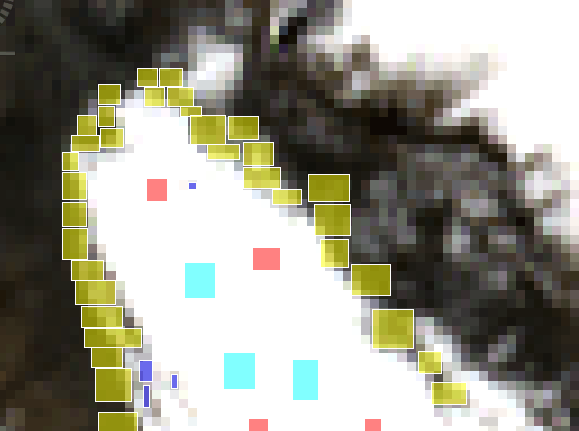
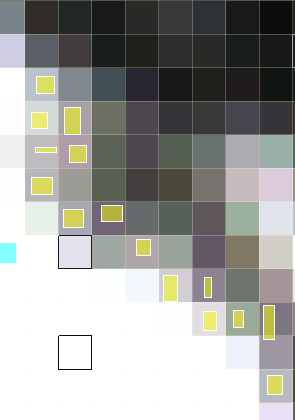 and results of classfication was empty.
and results of classfication was empty.
Did you reproject your data before collecting the training samples? It was reported here that classification only works with reprojected data
Yeah,sir .I had a reult that the terrain has undergone severe deformation after the reproject .
before,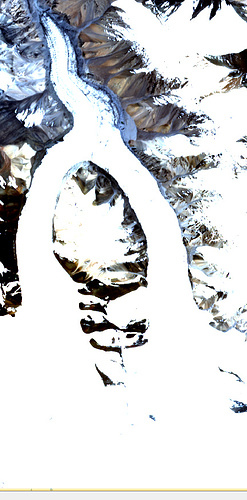 ,after,
,after,
Maybe you selected “orthorectify“ and the quality of the DEM in this area is bad
my DEM data is 5 m spatial resolution.
still it can introduce errors in the result. Please repeat without orthorectification for a try.
dear sir , i did that follow the your tutorial on the fusion of sentinel-1 and sentinel-2 ,and when i had to do the terrain correction the dem data that need to download was not work(the step had been stopped here 10 hours) with sentinel-1,the matter as follows ,colud you tell me why ?
can i change external DEM data here ?Multi-Looking is not needed because you want to keep the resolution of 10 meters.
Graph files are not memory efficient if you execute the steps separately it takes only s couple of minutes and you keep track of the outputs of each step.
I don’t think terrain correction is the problem unless your image lies outside the SRTM coverage.
Thank you very much,sir,I had get the results of collocation.and I want to export RGB image to arcgis ,however i get the image without spatial reference coordinate system .what can i do ,just as this picture.
the RGB export simply writes a screenshot. If you want to have the same color codings in ArcMap, you at best select File > Export > GeoTiff
Then you select “Subset…” and switch to “Band subset” where you de-select all bands you don’t need.
The exported GeoTiff then contains all bands in a single stacked product and you can create an RGB in ArcMap from it.

Yeah,sir had finished and got the image with the spatial reference coordinate system.However, its resolution is lower than in snap,why ?and what should i do ?
can I get generated the map form the snap .Exportting the image from the snap to arcgis will reduce data resolution?
Why do you think it has a lower spatial resolution? You can check in the properties of the raster in ArcMap.
